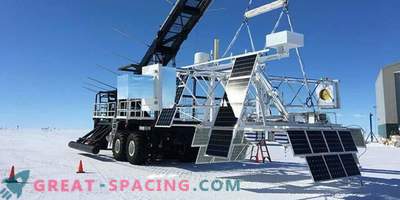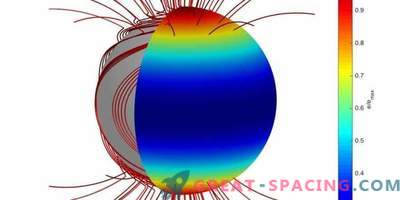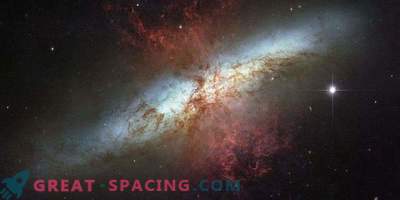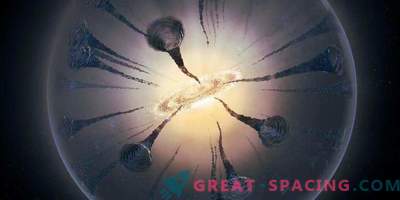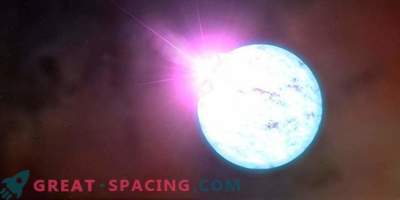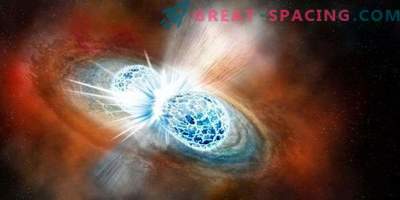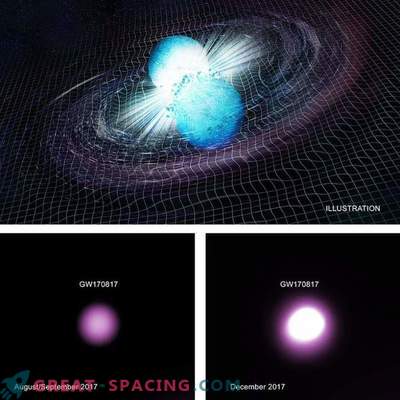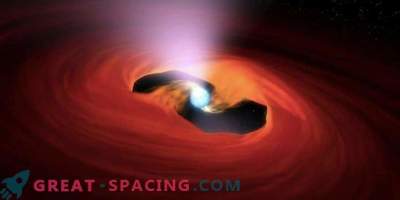
The effect, known as “vacuum birefringence,” was predicted 80 years ago. But astronomers were able to confirm it only by observing the light of a weak neutron star.
According to quantum physics, the vacuum space is not completely empty - virtual particles appear from non-existence even in the empty voids. They may seem to be ghostly visions, but astronomers think that they are now able to notice the interference caused by virtual particles in the dim light generated by the dense star nugget of the decomposing substance.
It turned out to be a neutron star RX J1856.5-3754, located about 400 light years from our planet. Researchers, using the ESO Very Large Telescope (VLT) in the Atacama Desert, Chile, discovered the quantum effect, first predicted in 1930. It is called “vacuum birefringence,” and evidence of its presence can greatly affect our understanding of the functioning of the entire universe.
It would seem strange that we can measure quantum effects near the surface of a neutron star hundreds of light years away, but we need to study the most extreme natural “laboratories” of deep space in order to understand tiny physical phenomena that have a huge impact on astronomical data. And in the case of RX J1856.5-3754, its powerful magnetic field is believed to manipulate virtual particles and pull them out of a vacuum to create a prism-like effect in the faint light generated by a neutron star. The phenomenon of virtual particles lies in many curious astrophysical theories. In particular, it is the Hawking radiation mechanism, a theory put forward by a physicist in the 1970s, suggesting that black holes are capable of evaporating. Whether this is so and whether virtual particles play a certain role remains the subject of heated debate. How can these ghostly quantum phenomena interacting with magnetic fields have any observable effects?
In classical physics, if light passes through a vacuum, it remains unchanged. However, if the evidence is correct and the particles are present in a vacuum directly around the neutron star, the magnetic field will begin to interact with them in order to manipulate the light as it passes through them. This effect is predicted by “quantum electrodynamics” - “KVED”.
It turns out that the VLT detected a strange polarization of the light coming out of a neutron star, suggesting that vacuum birefringence came into play.
“According to the CEA, a magnetized vacuum behaves like a prism of light propagation. This effect is called vacuum birefringence, ”said lead researcher Roberto Mignani from INAF Milan in Italy and the University of Zelena Góra in Poland.
“This effect can be noticed only in the presence of incredibly strong magnetic fields, such as those surrounding neutron stars,” added Roberto Turolla of the University of Padua, Italy. “This shows once again that neutron stars are invaluable laboratories for the study of fundamental physical laws.” Neutron stars are remnants of stars with a tenth mass of our Sun. When they run out of hydrogen fuel, there is an explosion like a supernova. Only a tiny and very dense sphere of neutrons remains (mostly). Interestingly, neutron stars retain the angular momentum and magnetism of their parent stars, only on more extreme scales.
Pulsars are rapidly rotating neutron stars, considered to be the most accurate “clock” of the Universe, flashing at a constant speed. These factors make neutron stars ideal places to measure the effects of the general theory of relativity and a strong magnetic field.
And now with their help, astronomers want to reveal the evidence of the quantum effect, which they theorized more than 80 years ago. But this is only the beginning.
“Polarization measurements by the next generation telescope (such as the ESO Incredibly Large Telescope) can play a crucial role in testing the QVED prediction of vacuum birefringence,” Mignani said.
